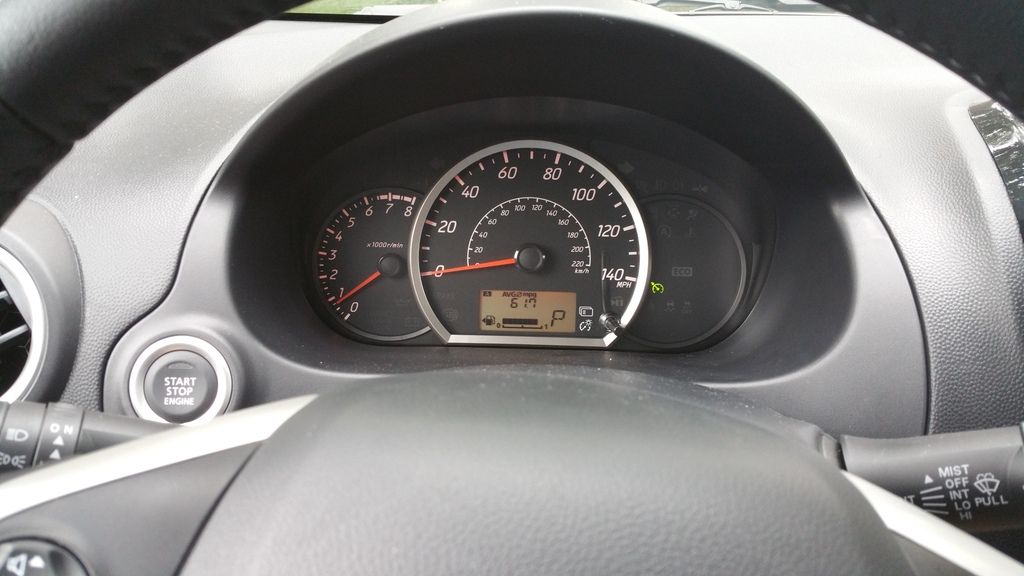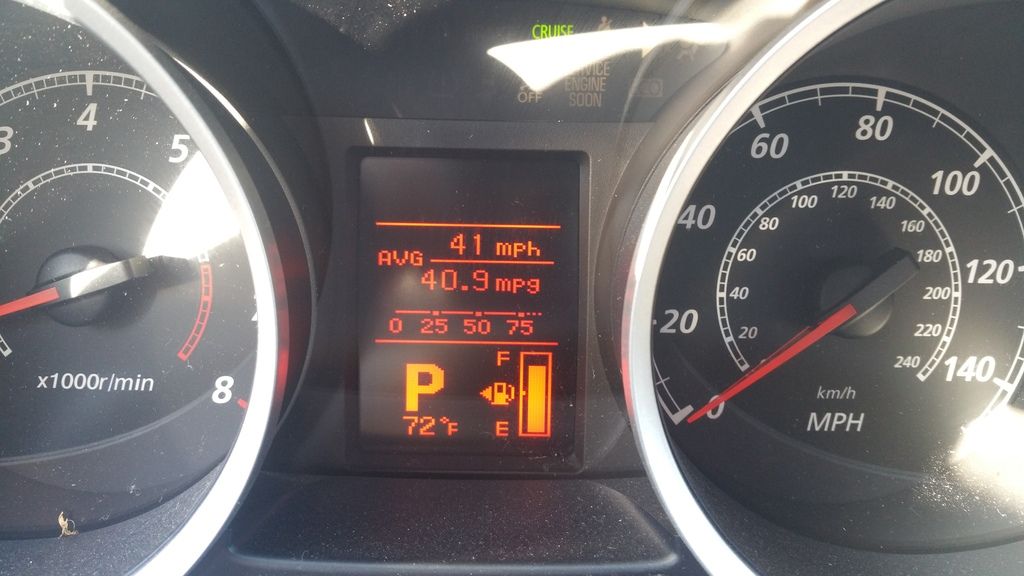Originally Posted By: ExMachina
Originally Posted By: alex16
What? I don't understand what you guys are saying.
I've noticed on this forum, if the writer has a few thousand posts, they tend to be a little weird. Just ignore them.
Originally Posted By: Mathew_Boss
Yes I have seen better numbers in both my Mitsubishis with the PUP and RP combo. My 2013 Lancer SE and 2015 Mirage ES both have a CVT.
Edit: I also only use Shell V power in both cars. I have seen a slight mpg increase with the new formulation (she'll vpower nitrous +) and I put Pirelli Cinturato P7 Plus A/S on my Lancer. (LRR)
From an engineering and reality-based point of view, there is no way using PUP and an RP oil filter will change much at all compared to any other 0w-20-filter combo.
Biggest contributor by far to fuel economy is oil viscosity, viscous drag inside the engine. You gain about 1 percent or two for every grade you drop down, like 30--->20 for example, or 40--->30, so there is a small benefit there alone.
And Shell gasoline doesn't have any more energy density than Citgo, Conoco, Mobil, etc. gasoline, so you don't get fuel economy increases from that. Sometimes if the octane is higher, you can get more fuel economy from that if your car can sense the knock and adjust timing though, but not in this case. Also, getting gasoline with no alcohol in it does help a bit, and I think its something like a 3% MPG loss for every 10% alcohol mixed in, something like that.
Engine, weight, wind, hills, and driving style are the massive contributors to fuel economy.
What about cleanliness? if say you have 30g of deposits per cylinder, that would in theory take more energy to move than a cylinder with, say 8g of deposits. Also, the new Shell Vpower nitros+ has 7x the detergents of that required by the EPA. For a fuel to be "Top Tier" it must have a minimum of (I think) 2x the EPA mandate. So again if the valves are cleaner, it would take less energy, be easier to cool thus making it more efficient. The new shell vpower also claims to have friction reducers in it which would again make things more efficient. I think the argument could be made that oil, fuel and filter will affect gas mileage. Oil affects cleanliness, friction, and heat. Fuel affects cleanliness, friction and wear (according to shell), and different oil filters have different flow rates (which a lower flow rate would require more effort to pump oil), different filtration (If you have particles big enough to see bouncing around in your engine vs something as small as a blood cell, that would affect the amount of friction and heat your engine is dealing with.




